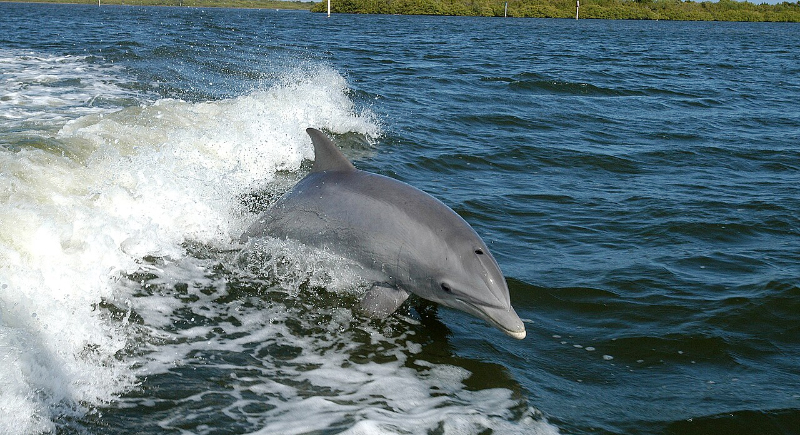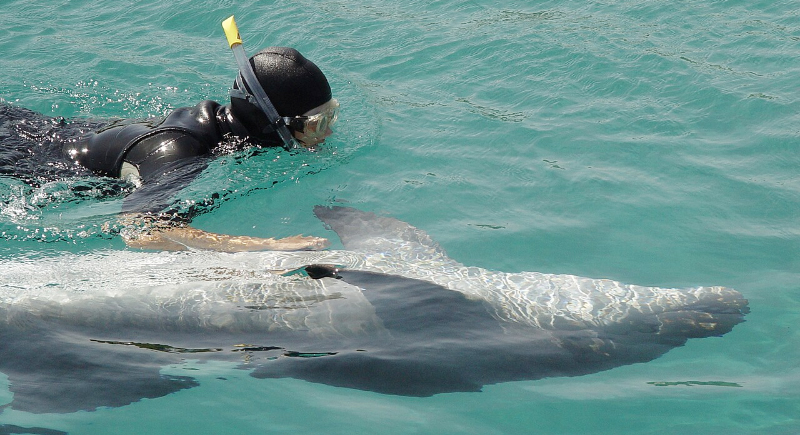People Can Get Arrested for Talking to Dolphins in Texas, Here’s Why
You’re out on the water near Galveston when a dolphin surfaces beside your boat, close enough to splash you. It’s natural to call out or whistle, but in Texas, that moment of excitement can actually get you fined or even arrested. The state has strict rules meant to keep wild dolphins safe, and under federal law, even trying to interact with them counts as harassment.
The Law That Makes It Illegal

Image via Wikimedia Commons/NASA
Under the Marine Mammal Protection Act (MMPA), it’s illegal to “harass” any marine mammal in United States waters. Harassment means disturbing, feeding, touching, or even trying to attract an animal’s attention. In Texas, where dolphins swim close to piers and tour boats, this includes calling out, whistling, or tossing food their way. NOAA, the National Oceanic and Atmospheric Administration, enforces the rule, and fines can reach up to $100K, with possible jail time.
The recommended safe distance from wild dolphins is about 50 yards (150 feet), roughly half a football field. That’s far enough to enjoy the sight without crossing into harassment territory. If a dolphin swims closer, the best move is to stay still and let it pass. Watching a wild dolphin leap alongside your boat is an incredible experience, but it stays that way only when humans resist the urge to get involved. The idea is simple: let the animals stay wild and free.
Dolphins Can Get Too Comfortable
When dolphins get used to people, they start relying on us instead of their instincts. NOAA reports that fed dolphins stop hunting and begin to expect handouts from boats. They lose their natural caution, which puts them in harm’s way. Some approach moving propellers, swallow bait, or eat human food that makes them sick—or worse. The “easy way out” can be deadly, and once they learn it, it’s hard to reverse.
Dolphins learn survival skills from their pods. When adults hang around humans for food, their calves don’t get those lessons. The young fail to learn how to hunt or find their own meals, which can threaten the pod’s long-term survival. What starts as a few tossed fish can alter an entire generation’s behavior.
When Dolphins Turn Dangerous

Image via Wikimedia Commons/Limor Noah
The danger isn’t one-sided. Dolphins that associate humans with food can turn pushy or even aggressive. NOAA has documented injuries to swimmers who either got too close to the dolphins or fed them. In one Texas case, a woman ended up hospitalized after a dolphin bit her leg when she jumped in to swim beside it. Once dolphins start seeing people as a source of food, frustration and aggression follow when those handouts stop.
Galveston, Surfside Beach, and other Gulf spots draw tourists eager to see dolphins up close. Because these animals are so common near shore, NOAA’s enforcement teams keep a close eye on interactions. Several documented incidents show dolphins injured after approaching boats or swimmers too often. The rule against “talking” to dolphins isn’t about policing fun; it’s about stopping a cycle that puts both sides at risk.